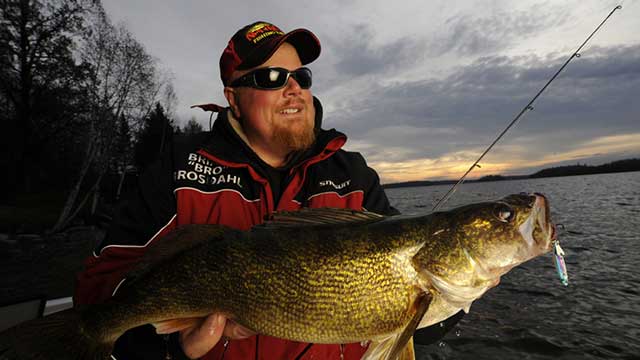
Perhaps it is the most exciting way of fishing there is: fishing under your own side! You can often see the fish swimming and great caution is therefore a must, but what about the other actually with that edge fishing? In this article, we tell us more about it.
Oli speaking: In all waters where I have ever fished the fish regularly came to visit close to shore. Despite this, many fishermen often ignore this popular spot! It is incredibly satisfying to see fish (especially large fish) feeding under your rod tip and then catching them. Not only that, it is also possible to identify a specific fish and then catch it.
If you’ve never seen carp bait under your feet, it might be hard to believe they can be caught within a rod length. Once you have gained confidence in fishing under shore, the sport is to catch them as close to shore as possible!
Few things are more rewarding than catching a fish close to shore!
- Choice of equipment
When stalking and fishing small swims, shorter rods are better suited than longer versions. In most situations a 9 ft rod is perfect, but sometimes when it is really tight I go for a 6 ft Sawn-off version. These small powerhouses are ideal for catching big carp on small swims.
Personally, I have successfully landed fish up to 44 pounds with it! It is a special experience to catch big buckets on such a short rod, but for me it is extra exciting. In my edge fishing I also use a 15 lb nylon main line (Bullet) and a Cling-On Leader.
- Choice of rig
If you land a small area with particles, the fish will bait differently than if you land a large area with boilies. They are more busy with feeding and linger for a long time above the feeding place, while they work the particles piece by piece. By observing how the fish feed we can fine-tune our rig to this, and even increase the chances of catching one specific fish!
Personally I am a fan of short rigs, think about four inches. This allows the fish to quickly come into contact with the lead, which is essential if the fish mainly hangs over the feeding spot instead of actively swimming around.
With a longer rig, you give the fish the chance to spit out the rig before the line stretches and it comes into contact with the lead. As a hooklink material I use SinkLink coated material, stripping the hair and a small piece just above the hook. With an in-line lead set-up you do not easily confuse this installation!
- Feeding strategy
To get the most out of your edge fishing, it is smart not to bet on one horse. I usually feed different cuttings and then go through them alternately to look for activity.
This activity varies from actually spotting fish to finding an empty feeding place. Simply find a place where the fish comes to feed so you maximize your chances of catching!
- Look where others aren’t looking
Many fishermen arrive at the water to look for a spot that seems to be relaxing to fish, instead of looking for the fish. Especially in heavily fished waters, you can often find the carp in quiet, secluded corners that are ignored by other anglers. Even when you start fishing in these spots, they are often avoided by other anglers, so take advantage of that!
- Keep walking and looking
If you don’t have the fish swimming in your swim, do find them! While you are walking around and tracking you can immediately find some other places where you can return later.
A whole day of stalking often means walking several laps around the water, continuously supplying spots and looking for activity. This way you are nice and active and you can also quickly learn about the water and the fish that swim around it.
